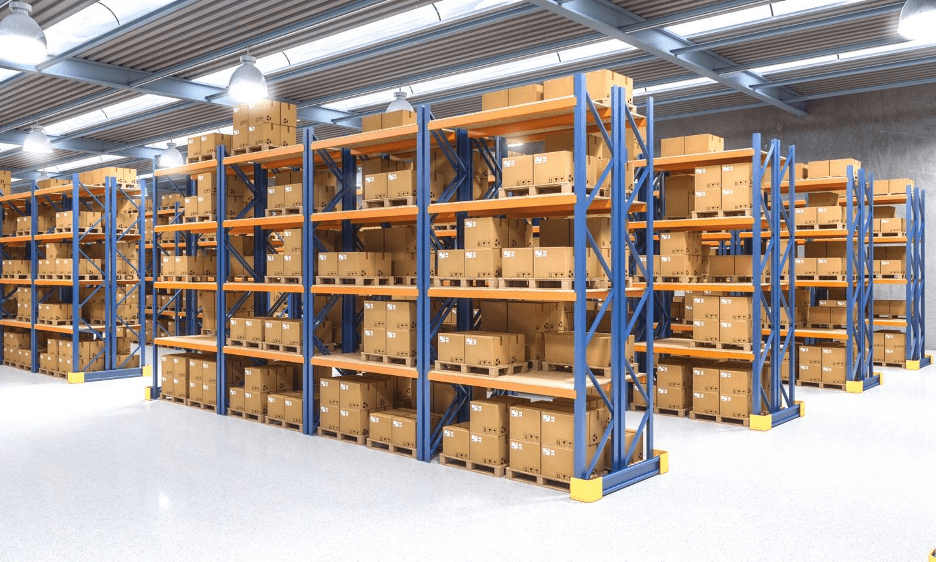
The process of pallet flow racking makes the most of wasted space in warehouse and distribution warehouses. Many times, shelves are used up to their capacity and end up as wasted space in a warehouse, not to mention the frustration of losing items as they exit the rack. Pallet flow racking takes care of that by positioning racks from ceiling to floor, allowing you to stack pallets of identical size in multiple vertical positions, thus saving considerable floor space. Not only does this method to save on floor space, but also on warehouse labor, as forklifts are used less often and more efficiently.
Many companies offer a variety of pallet flow racking systems designed to meet different needs. This is because there are several ways that the racks can be positioned, either vertically or horizontally, thereby offering different levels of shelving capacity at all times. In addition, some types of rack can be bolted directly to floor joists, eliminating the need for disassembling or rebuilding the entire floor. Lastly, certain systems use a boltless pallet rack system, eliminating the need for any fasteners such as bolts.
One type of pallet flow racking system is the FIFO pallet storage system. The name refers to how the racks are arranged. The first rack level positions products on the top, middle, and bottom shelves. When a product is removed, another pallet is then placed in its place. This arrangement allows customers to locate items easily without the need to move stacks of pallets from one shelf to the next.
Another popular type of pallet flow racking system is the flexographic or flexible pallet flow racking system. In this type of system, a flat, heavy pallet is loaded into the machine. Then it is moved horizontally along a line connecting two racks. A number of other options are available, including straight run and curved run storage systems. In addition, many pallet flow racking systems have the ability to be reconfigured to meet special storage needs. Visit: https://www.konstant.com/en/racking-and-system/high-density-racking/pallet-flow-rack to learn how to improve efficiency with pallet flow racking systems.
One system that uses heavy duty industrial roller flow rails is the wire rack and wire guard racking system. This type of system offers versatility and cost savings, because it requires fewer rolls to complete a pallet load. It also reduces the amount of time needed to stack pallets by up to 40%. Another great advantage of using wire flow rails is that the equipment can be reconfigured to accommodate any specific storage need, making it easy to add or subtract pallet loads without the need to rebuild or replace the entire system. To better understand this topic, see here for more details.
Pallet flow racking systems can help companies save money and take care of their inventory needs. These innovative methods of pallet placement and transport reduce operation costs while improving efficiency and reducing waste. Aisles become more efficient, picking faces become more balanced and equipment mobility is improved. Businesses that use these innovative methods will see an increase in productivity, while reducing waste disposal.
To understand more about this subject, please read a related post here: https://en.wikipedia.org/wiki/Pallet_racking.